Clindamycin for Acne: Uses, Benefits, Side Effects & Tips
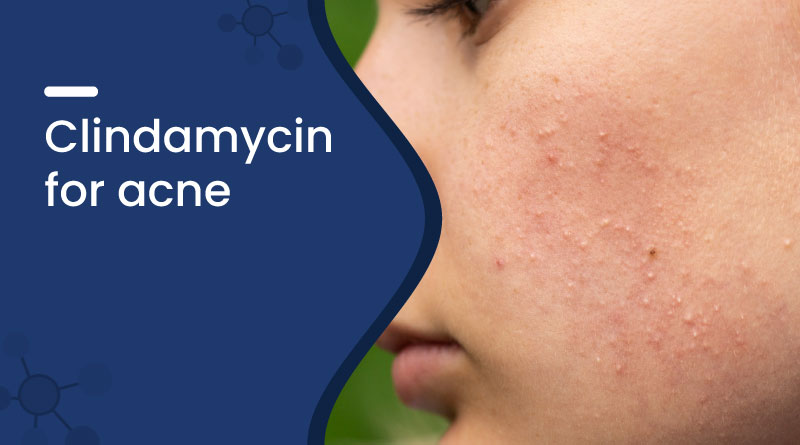

Clindamycin is an antibiotic often used to treat acne by targeting the bacteria that cause inflammation and breakouts. Available in gels, lotions, and oral forms, it helps reduce redness, pimples, and infection. In this blog, we’ll explore how clindamycin works for acne, how to use it safely, possible side effects, and tips for achieving clearer, healthier skin.
What is Clindamycin?
For acne treatment, clindamycin is a frequently prescribed antibiotic. It works by targeting the bacteria Propionibacterium acnes, which plays a major role in acne development. By reducing bacterial growth and inflammation, clindamycin helps prevent new breakouts and promotes faster healing of existing pimples.
How Clindamycin Works Against Acne
Hair follicle congestion caused by oil, bacteria, and dead skin cells leads to acne. Clindamycin fights acne in two ways:
- Antibacterial Action: It inhibits acne-causing bacteria from multiplying.
- Anti-inflammatory Effect: It reduces redness, swelling, and discomfort associated with pimples.
This dual action makes clindamycin an effective solution for mild to moderate inflammatory acne.
Best Clindamycin Treatments for Healthy Skin
| Product | Key Features |
|---|---|
| Clearbet O Anti Acne Gel | Reduces acne by targeting bacteria and excess oil, promoting clearer, healthier skin. |
| Clearbet Plus Anti Acne Gel | Combines clindamycin and adapalene to reduce acne-causing bacteria and promote skin renewal. |
| Clearbet BP 5% Gel | Reduces acne by targeting bacteria and excess oil, promoting clearer, healthier skin. |
| Clearwin Plus Gel | Helps reduce pimples, unclogs pores, fights acne-causing bacteria, and soothes inflammation. |
| Clearwin Gel | Controls excess oil production and prevents the growth of acne-causing bacteria. |
| Clearbet Anti Acne Gel | Aids in clearing pimples, blackheads, and whiteheads, promoting a clearer complexion. |
Types of Clindamycin Treatments
-
Clindamycin Gel
The topical gel is applied directly to the affected areas. It penetrates pores to target bacteria and is suitable for mild to moderate acne.
-
Clindamycin Capsules
Oral capsules are prescribed for severe acne or when topical treatment is insufficient. They work systemically to reduce bacterial infection and inflammation.
-
Other Forms
Lotion or solution forms are also available for sensitive skin or specific areas. These are usually less common than gel or capsules but can be effective when applied properly.
Possible Side Effects
- Dryness, peeling, or redness at the application site
- Itching or a mild burning sensation
- Gastrointestinal issues for oral forms (nausea, diarrhea)
- Rare allergic reactions
It is important to follow the prescribed dosage and consult a dermatologist if side effects persist.
How Long Does Clindamycin Take to Show Results?
Visible results often appear in 4 to 6 weeks. Consistency in application or oral intake is key. Combining clindamycin with a proper skincare routine can speed up visible results.
Tips for Clearer Skin Alongside Clindamycin
- Maintain a gentle skincare routine: use mild cleansers and moisturizers.
- Avoid heavy or greasy products: they can worsen acne.
- Sun protection: use sunscreen to prevent post-acne pigmentation.
- Healthy diet: limit sugar and processed foods.
- Don’t pop pimples: this helps prevent scars and infections.
Other Compounds That Help Fight Acne
Several compounds complement acne treatment by reducing oil, inflammation, and bacterial growth. These include benzoyl peroxide, salicylic acid, retinoids, azelaic acid, and niacinamide, which can be used alongside clindamycin for better results.
Conclusion
Clindamycin is a trusted and effective solution for managing acne, especially inflammatory types. Available in gels, lotions, and capsules, it helps reduce bacteria, inflammation, and breakouts. When used consistently alongside a proper skincare routine and healthy lifestyle, clindamycin can promote clearer, healthier skin and improve overall skin confidence.
Frequently Asked Questions (FAQs)
Q. How does clindamycin help treat acne?
A. Clindamycin fights acne by targeting bacteria that cause inflammation and pimples, while also reducing redness and swelling. It helps prevent new breakouts and promotes faster healing of existing acne lesions.
Q. How quickly does clindamycin show results?
A. Most people notice improvement within 4 to 6 weeks of consistent use. Results may vary depending on acne severity and adherence to a proper skincare routine alongside clindamycin treatment.
Q. Can clindamycin be combined with other acne treatments?
A. Yes, clindamycin can be combined with compounds like benzoyl peroxide, salicylic acid, retinoids, or niacinamide. This combination can enhance results by reducing bacteria, oil, and inflammation for clearer skin.
Q. Can clindamycin help get rid of pimples quickly?
A. Clindamycin targets acne-causing bacteria and inflammation, helping pimples heal faster. Visible improvement usually occurs within 4 to 6 weeks when used consistently alongside a proper skincare routine.
Q. Can clindamycin clear acne overnight?
A. Clindamycin does not work overnight. It reduces bacteria and inflammation gradually, and most people notice visible improvement in 4 to 6 weeks. Patience and consistent use are essential for results.
Q. Is clindamycin suitable for all skin types?
A. Topical clindamycin gel or lotion is generally safe for most skin types, including sensitive skin, but it should be used as directed by a dermatologist to avoid irritation.
Clindamycin (1% w/w) + Nicotinamide (4% w/w)
15 gm in 1 tube
Clindamycin (300mg)
10 Capsules in 1 strip
Adapalene (0.1% w/w) + Clindamycin (1% w/w)
15 gm in 1 tube
Clindamycin (100mg) + Miconazole (200mg)
7 Capsules in 1 strip
Clindamycin (1% w/w) + Isotretinoin (0.05% w/w) Gel
30 gm in 1 tube
Benzoyl Peroxide (5% w/w) + Clindamycin (1% w/w)
20 gm Gel in 1 Tube
Adapalene (0.1% w/w) + Clindamycin (1% w/w)
15 gm in 1 tube
Recent Blogs
Disclaimer : Zeelab Pharmacy provides health information for knowledge only. Do not self-medicate. Always consult a qualified doctor before starting, stopping, or changing any medicine or treatment.

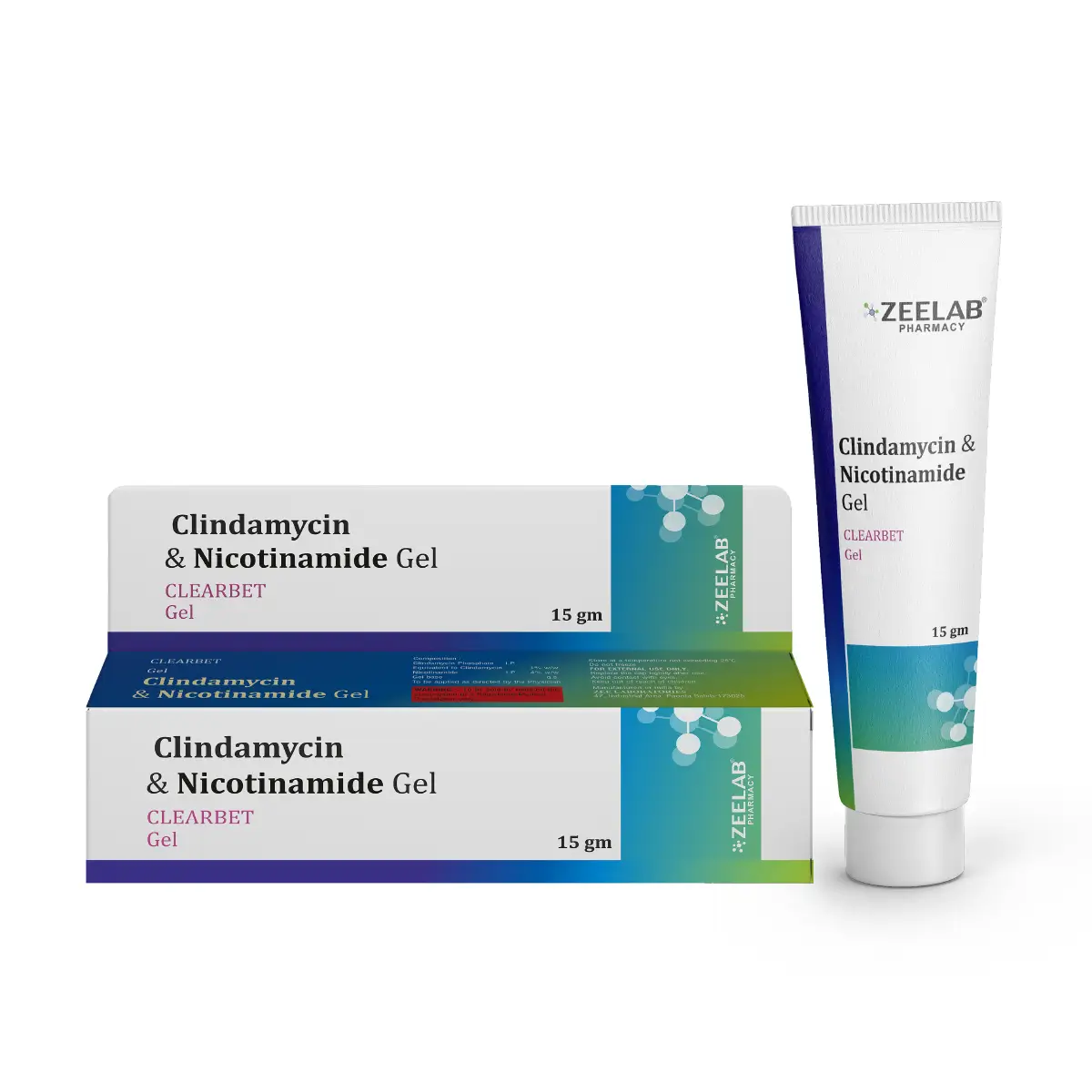
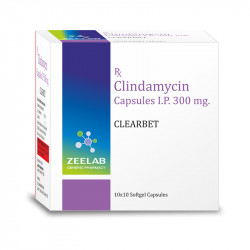
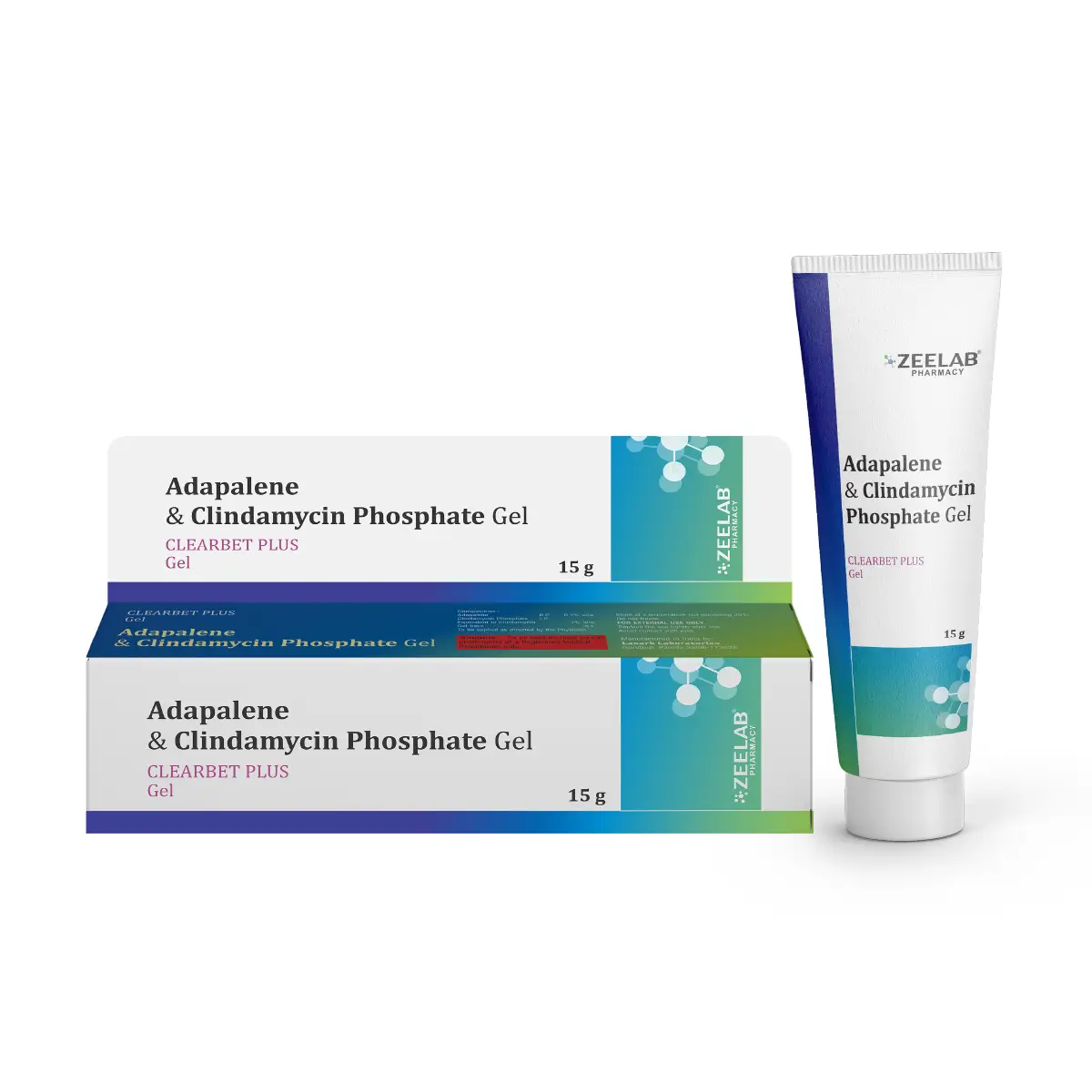
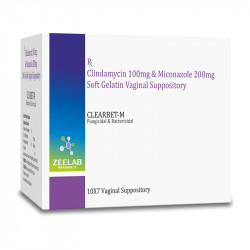
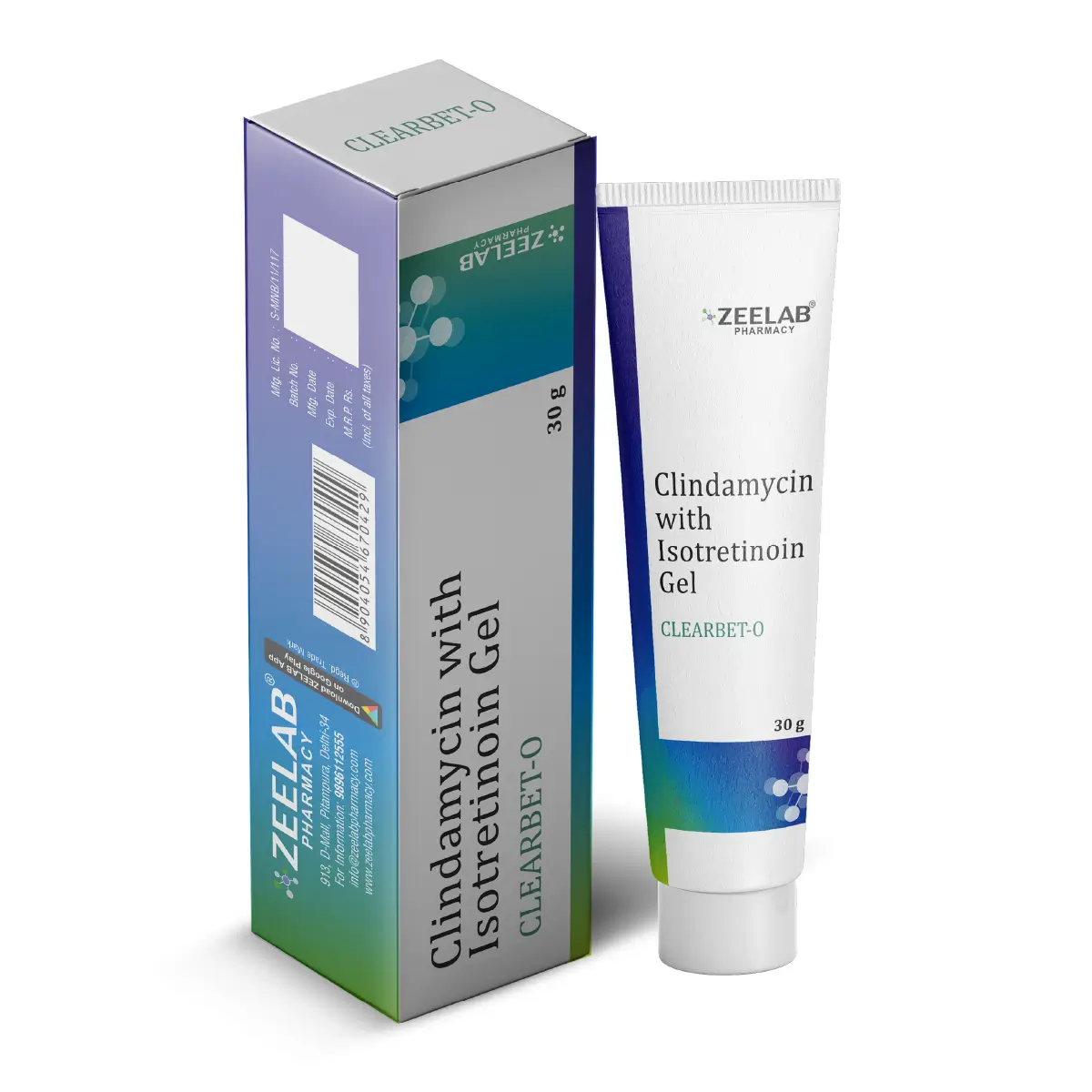
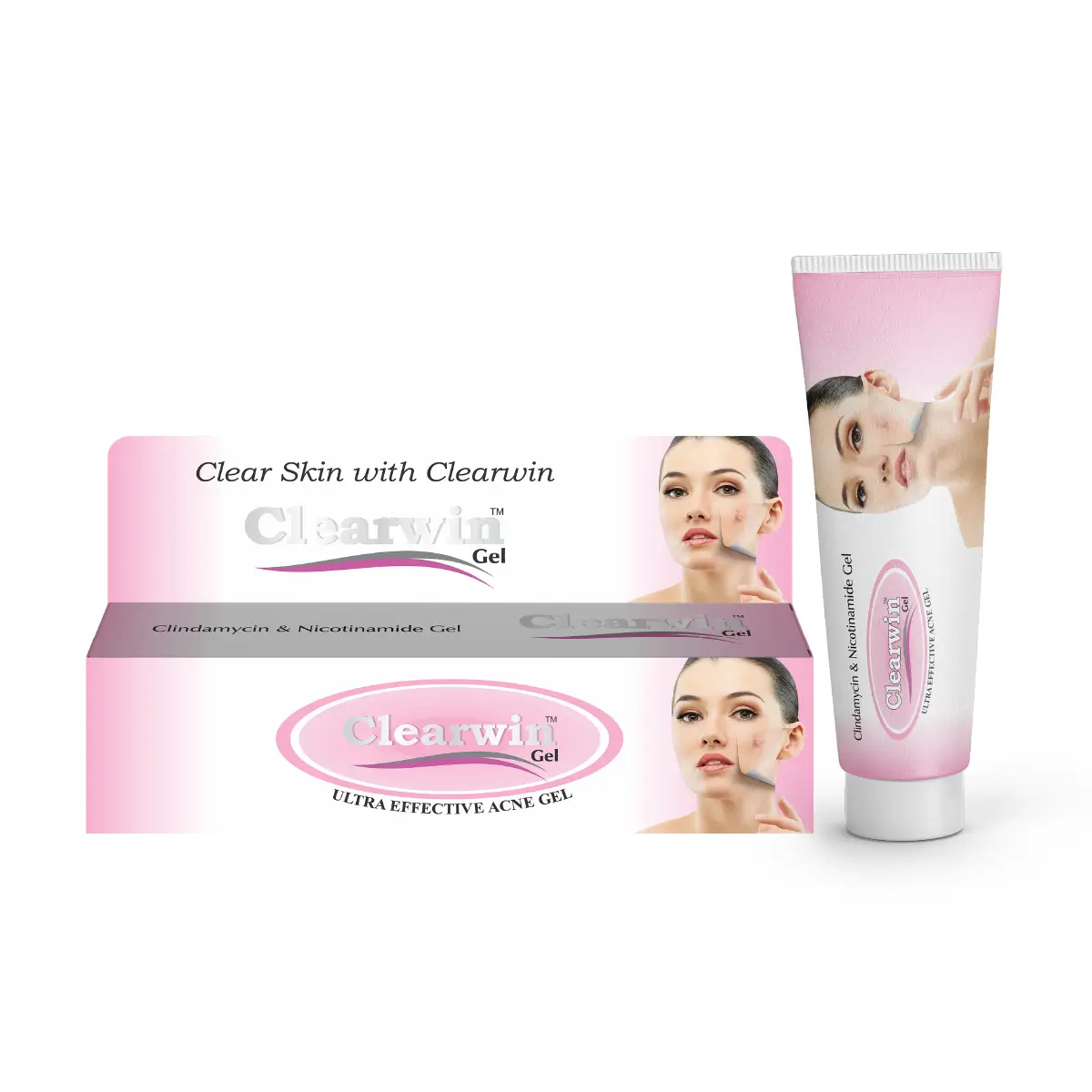
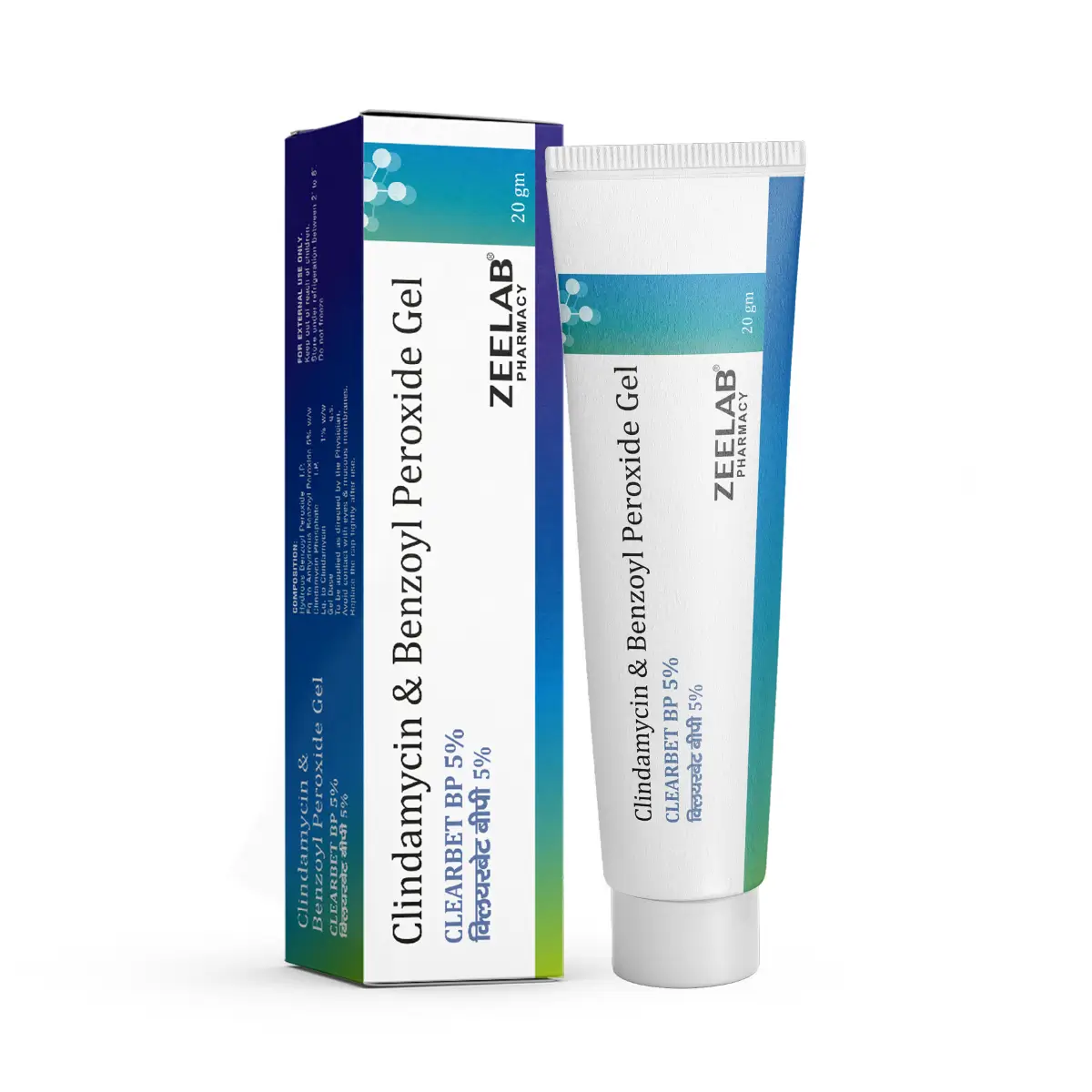
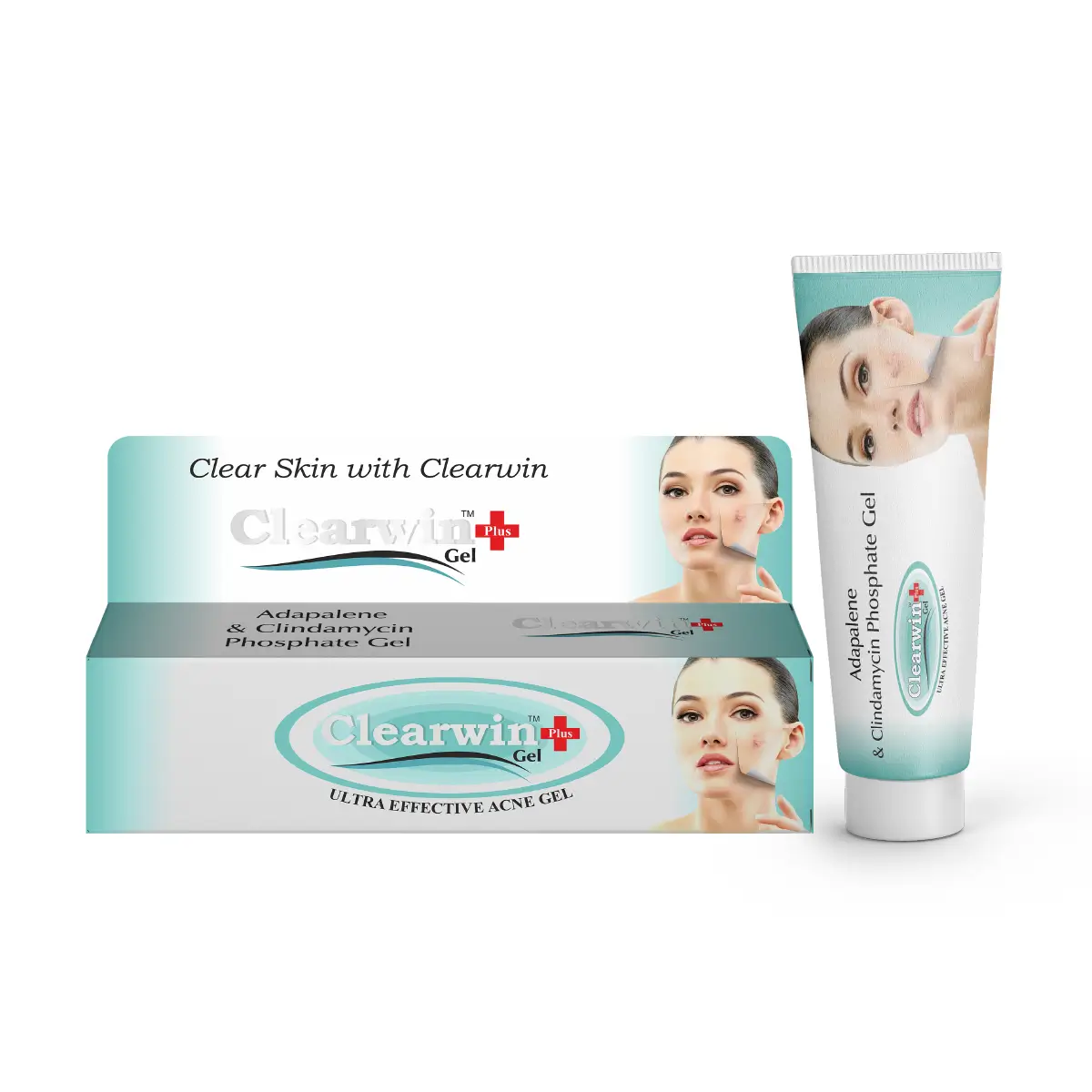
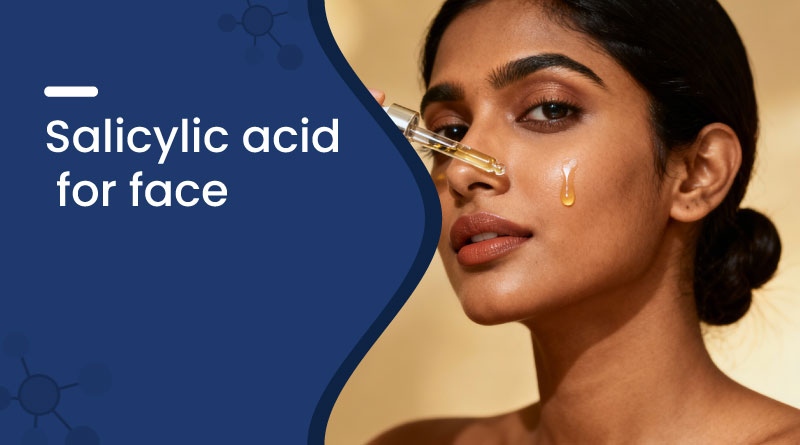
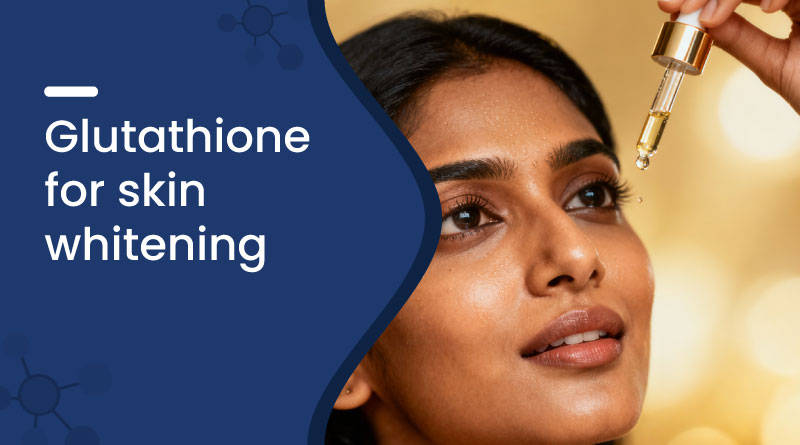

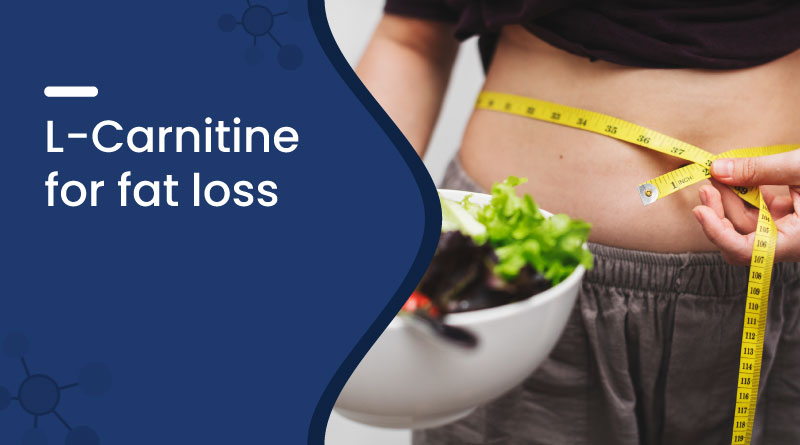
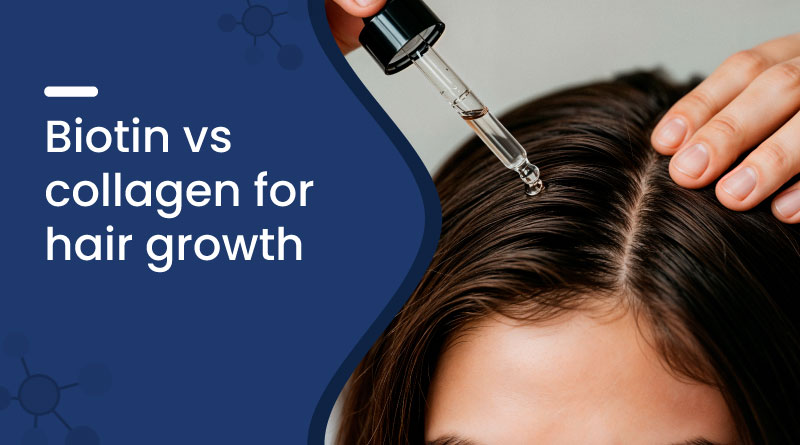
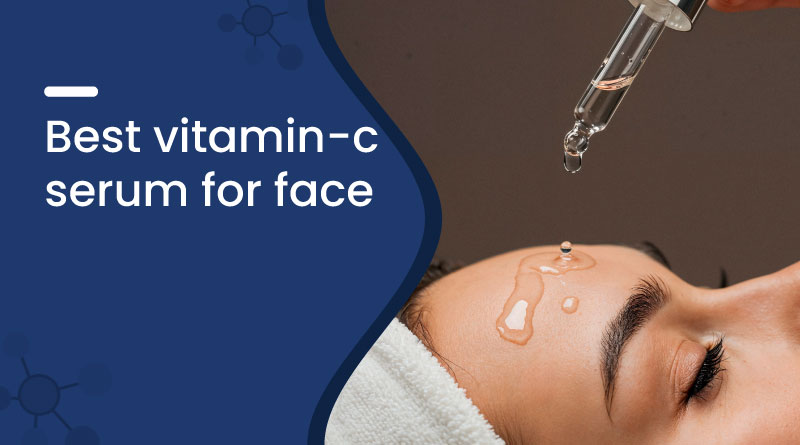









 Added!
Added!